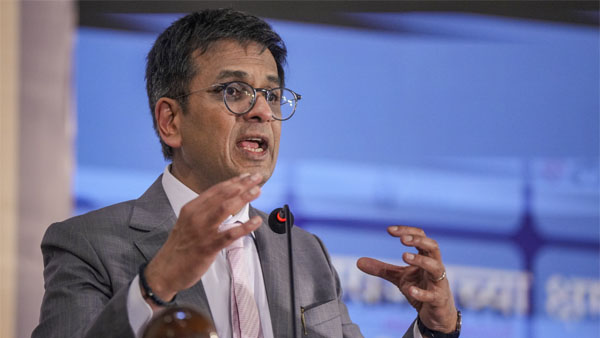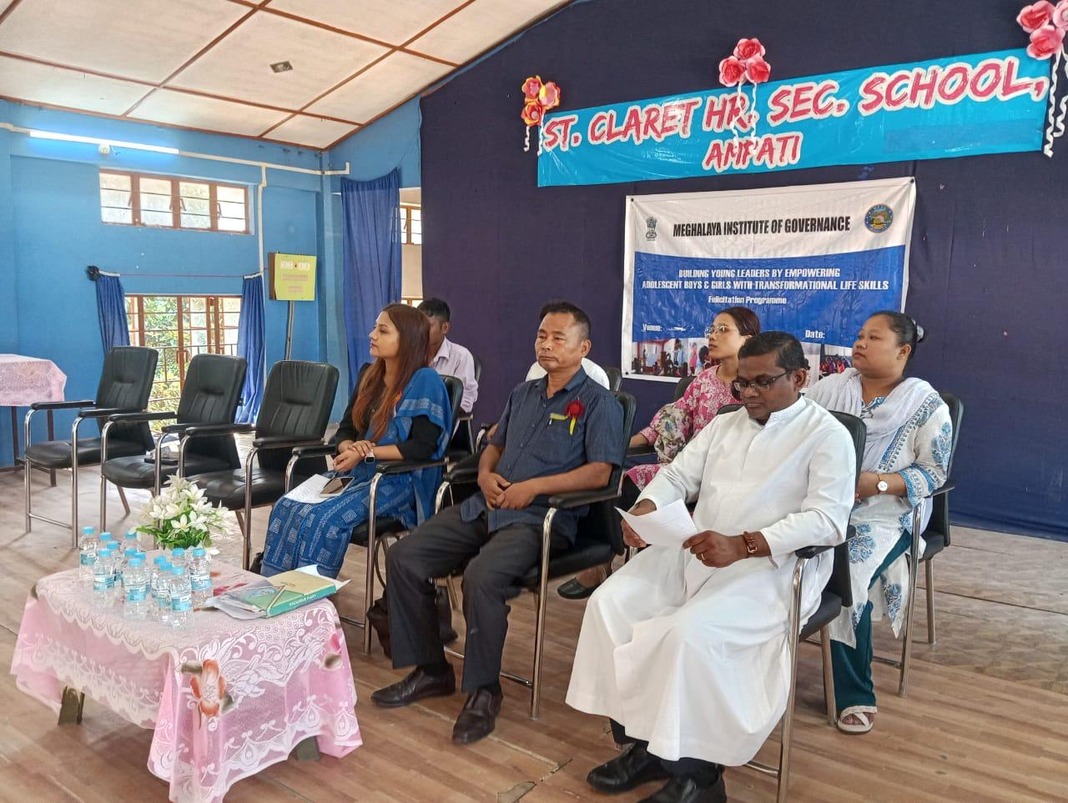Dipak Kurmi
As Chief Justice DY Chandrachud’s tenure concluded on November 10, 2024, his impactful decisions are being scrutinised for the lasting influence they have had on India’s legal and social landscape. Appointed as the 50th Chief Justice of India on November 8, 2022, Chandrachud participated in more than 700 judgments during his judicial career, authoring, concurring, and dissenting in significant cases. His tenure stands out as one of the most dynamic in recent years, marked by transformative judicial reforms, pivotal rulings, and a steadfast commitment to constitutional rights. His focus on reshaping the judiciary to be more accessible, transparent, and technologically progressive was notable, although it was not without controversies and criticisms.

A major theme of Chief Justice Chandrachud’s time in office was his commitment to individual rights and democratic principles, particularly the right to free speech and dissent. Under his leadership, the Supreme Court often reinforced the importance of these fundamental rights, especially in cases involving allegations of government overreach. His stances on sedition laws and colonial-era restrictions showcased his dedication to curbing state-imposed censorship and protecting civil liberties.
Chandrachud was a proponent of modernising the judiciary, advancing digitalisation and the use of virtual court proceedings to enhance accessibility. His push to streamline court processes and address case backlogs was part of a broader effort to make justice more efficient and inclusive, particularly for underprivileged communities. His vision of a technologically adept judiciary laid a foundation that future Chief Justices can build upon. Despite these advancements, the issue of case pendency remained significant, with nearly 83,000 cases still pending in the Supreme Court as of August 2024. This issue, though not entirely within his control, highlighted the challenges of the Indian justice system.
One of the most significant rulings during his tenure involved the contentious matter of electoral bonds. The Supreme Court under Chandrachud ruled poll bonds to be illegal, addressing the problematic nature of anonymous political donations. While this verdict exposed the flawed premise of donor anonymity, it did little to alter the status quo, as political parties, both major and minor, continued to benefit from such funds despite the ruling.
Chief Justice Chandrachud also faced scrutiny over his handling of certain politically sensitive cases, particularly those related to state surveillance and alleged abuses of power. His perceived reluctance to prioritise these cases led some to question his willingness to confront government authorities. This criticism cast a shadow over his otherwise resolute stance on judicial independence. Efforts to bring transparency to the collegium system—a long-standing point of contention—were met with mixed reactions, suggesting that comprehensive reform in this area remained incomplete.
A particularly long-standing case during his tenure was the question of the minority status of Aligarh Muslim University (AMU). The Supreme Court’s seven-decade-long legal entanglement over AMU’s status, originating from a 1967 decision that struck down its minority classification, continued to pose challenges. The recent 4:3 majority ruling by a seven-judge bench clarified principles supporting AMU’s minority status but left the ultimate decision pending before a regular bench, prolonging the university’s wait for a definitive resolution. This drawn-out process highlighted the broader issue of delayed legal clarity in the Indian judicial system.
Chandrachud’s legacy also reflects the challenges inherent in balancing bold reforms with institutional continuity. While he championed changes to modernise and improve the judiciary, he may have refrained from “rocking the boat” too much in some cases. The high expectations associated with his tenure—being the son of a former Chief Justice—were not wholly met, as critics argue that the judiciary’s role in curbing state power and upholding democratic norms fell short in certain areas.
Despite these criticisms, Chandrachud’s commitment to progressive interpretations of the law, technological modernisation, and judicial accessibility represents significant contributions to India’s legal landscape. However, his term also serves as a reminder that judicial change often encounters inherent limitations, whether due to systemic inertia or external pressures.
In conclusion, Chief Justice DY Chandrachud’s tenure will be remembered as a period marked by substantial advancements and enduring challenges. His focus on rights-based judgments, judicial independence, and technological innovation has left a blueprint for future leaders of the judiciary. Yet, the unresolved issues and criticisms that emerged during his time reflect the complex realities of leading the Supreme Court in a nation marked by deep social, political, and institutional divides.
(the writer can be reached at dipakkurmiglpltd@gmail.com)



